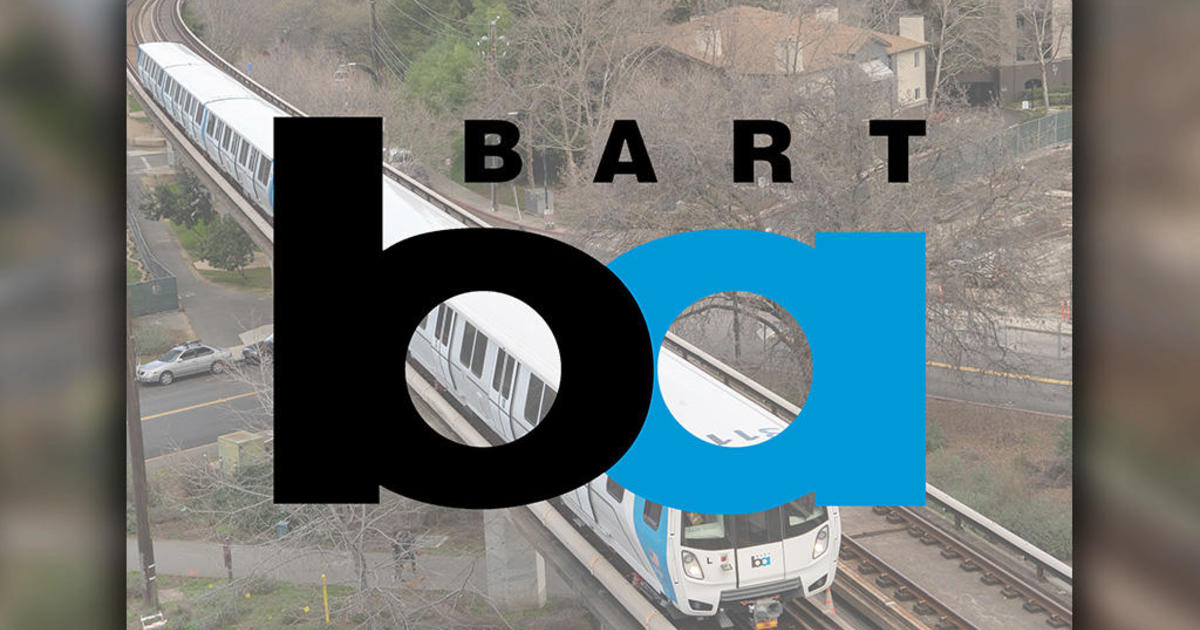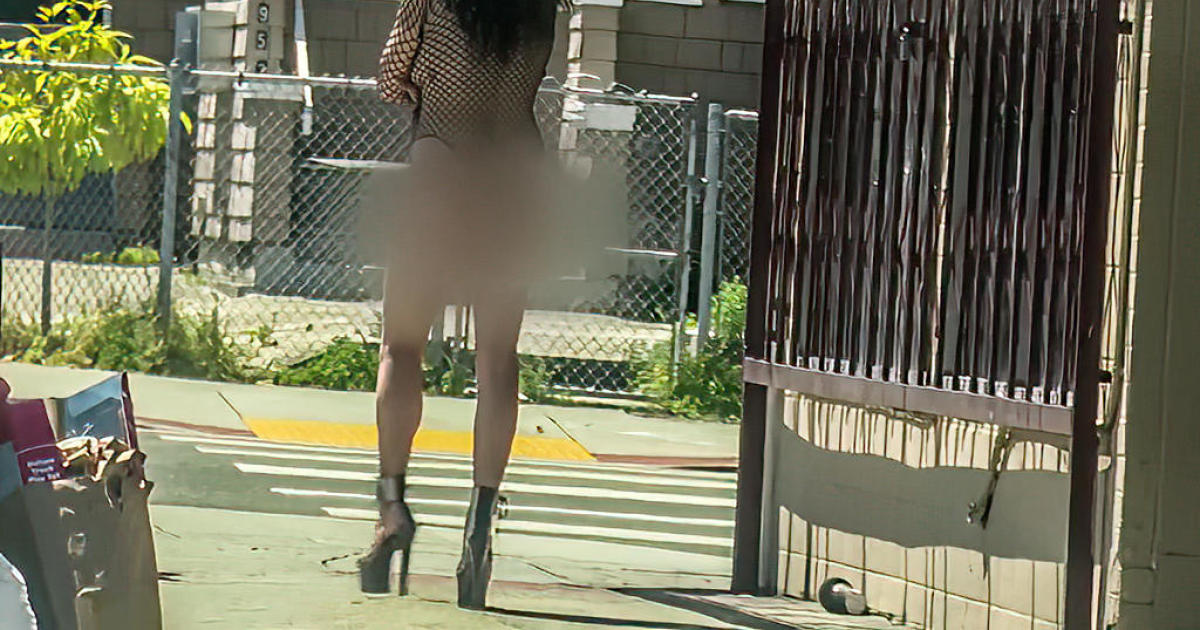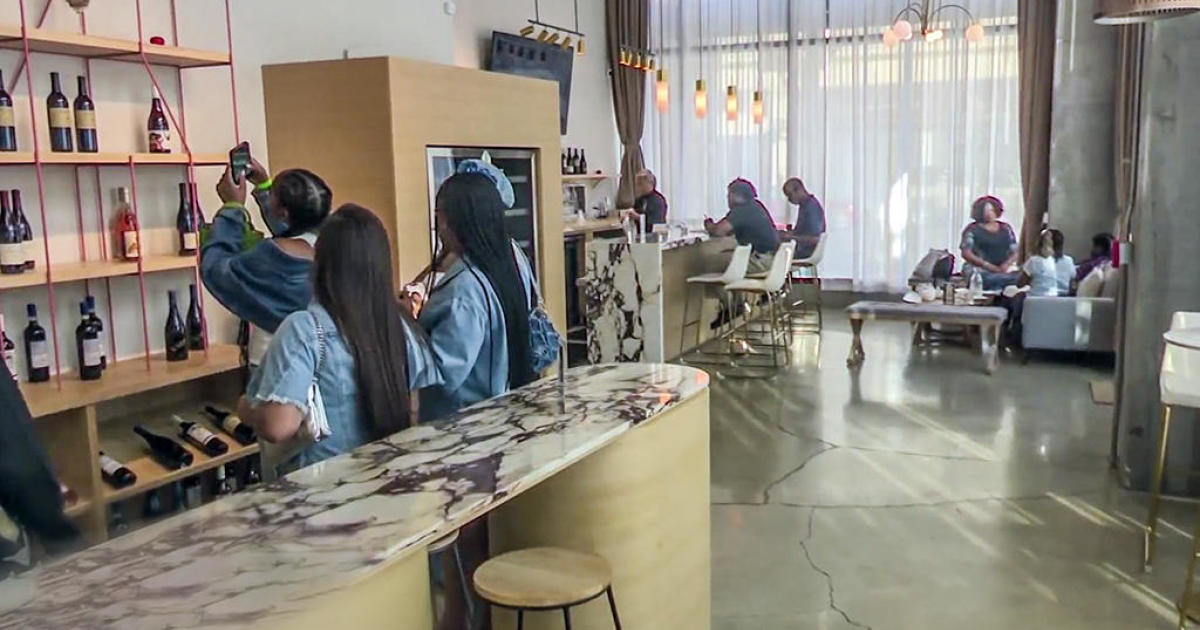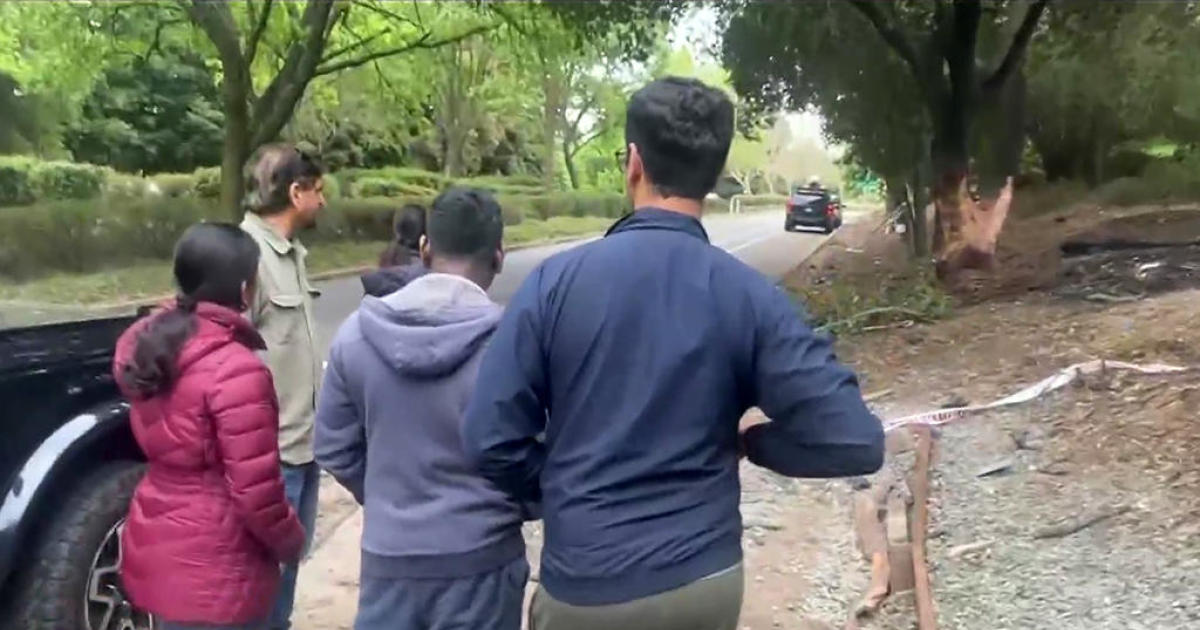Lafayette officially adopts land acknowledgement statement
It's becoming more of a common concept to see land acknowledgment statements adopted at universities, schools, and public buildings, but one East Bay city is taking it a step further.
Lafayette officially adopted a land acknowledgment statement, to recognize the Bay Miwok and Ohlone people who were here first.
"Any land acknowledgment is great," said Bella Stratford, a Lafayette resident of Cherokee heritage. "It just brings a feeling of pride that we're even here reading a land acknowledgment. I just feel so grateful that our city is doing this."
Stratford was there as Lafayette city leaders unveiled not just one, but two gestures of respect to honor the indigenous heritage and rich history of the land long before Lafayette existed.
First, a utility box wrap at the corner of Mt. Diablo Blvd. and Lafayette Circle, featuring an illustration of Saklan women and the city's land acknowledgment statement.
"A land acknowledgment statement is basically recognizing where we are and who the land originally belonged to," Stratford said.
Second, they unveiled two new street signs on Mt. Diablo Blvd., that now also include the word, "Tuyshtak."
"It's the Ohlone word for Mount Diablo. That's pretty cool that it's a part of our culture and history and it's up there on the sign for everyone to see," Stratford said. "It's just a sign, but it has so much more meaning than that."
Lafayette Vice Mayor Wei-Tai Kwok says the city consulted with indigenous elders for the projects.
"Indigenous communities lived here before. Their descendants continue to walk with us today in our communities. We should acknowledge their presence," Kwok said. "In order to continue to honor and make their presence known in our community, we decided to honor them through the placement of some very public signage and history."
Kwok hopes others in the Bay Area will take time to reflect and learn more about the intentional erasure of history and culture of indigenous people, and what it means to occupy space on unceded indigenous lands.
"The residents of Lafayette are very interested in our history," he said. "We invite other members of the Bay Area to come and take a look and learn more about Bay Area history through the lens of our city of Lafayette."
Although Stratford's heritage is that of a different indigenous group than the ones recognized in Lafayette, she feels empowered by and grateful for the gesture, from a city she's proud to call home.
"To like step outside of my doorstep and see native representation is really incredible. It's a huge step towards inclusivity and just making our city more diverse," she said. "I'm just so proud to say I'm a Lafayette member."
Stratford did not have a hand in this project. However, she helped draft Campolindo High School's land acknowledgment statement. She's headed to Berkeley in the fall where she plans to study Native American studies.
The official Lafayette land acknowledgment statement reads as follows:
We acknowledge that Lafayette is part of the unceded, ancestral homeland of the Bay Miwok people. The Bay Miwok and neighboring Ohlone people have lived in and moved through this place for thousands of years. They stewarded and shaped this land for hundreds of generations. We express our appreciation and gratitude for this profound legacy, which enhances and contributes to our lives to this day. We will strive to honor this land and strengthen our ties with the Indigenous communities that continue to live and work in our East Bay region as our neighbors and community members. We acknowledge and honor them and their ancestors, elders, and next seven generations.



